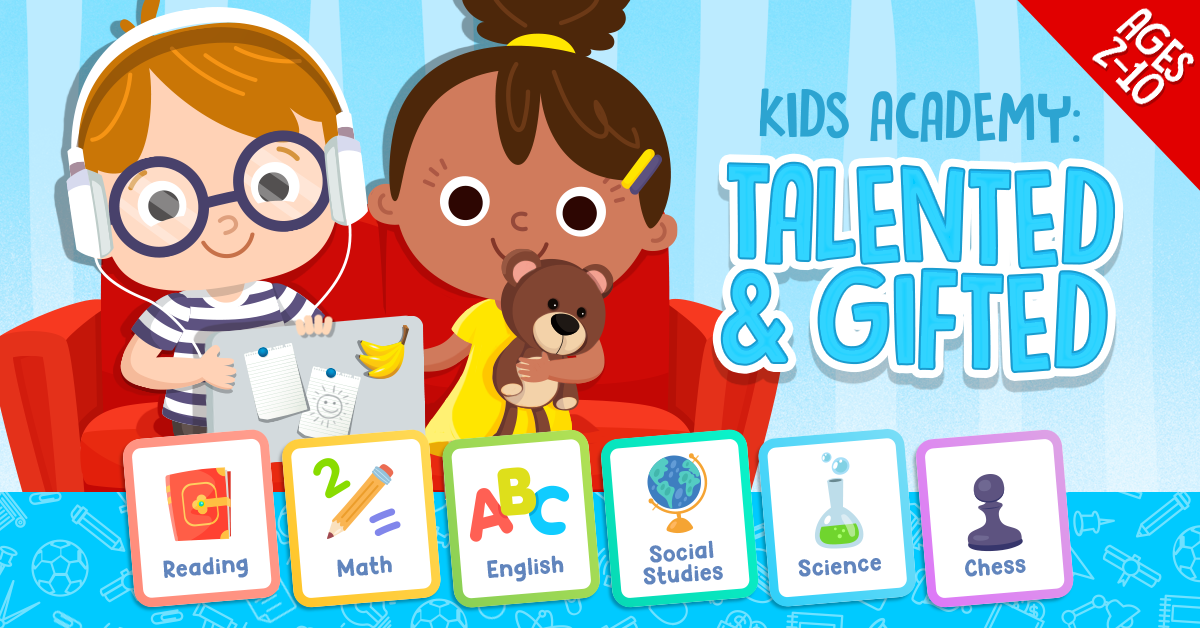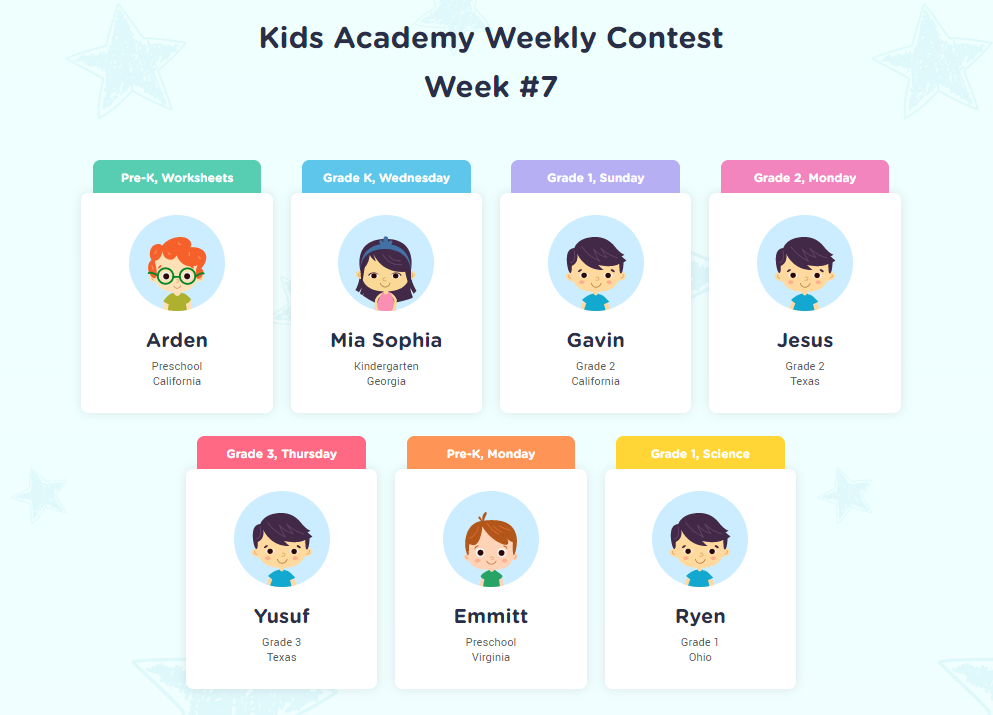Normal Songs and Poems Worksheets Activities With Answers for Ages 3-8
11 filtered results
-
From - To
Explore our collection of engaging Songs and Poems Worksheets, designed for children ages 3 to 8! These interactive activities spark creativity and enrich learning, making them ideal for early grade teachers and parents alike. Each worksheet features delightful songs and rhymes that are not only fun but also educational, enhancing literacy and language skills. With easy-to-follow instructions and included answer keys, these activities promote independent learning and boost confidence. Perfect for classroom or home use, our worksheets provide a wonderful opportunity to foster a love for words and rhythm in young learners. Discover the magic of learning through music and poetry!
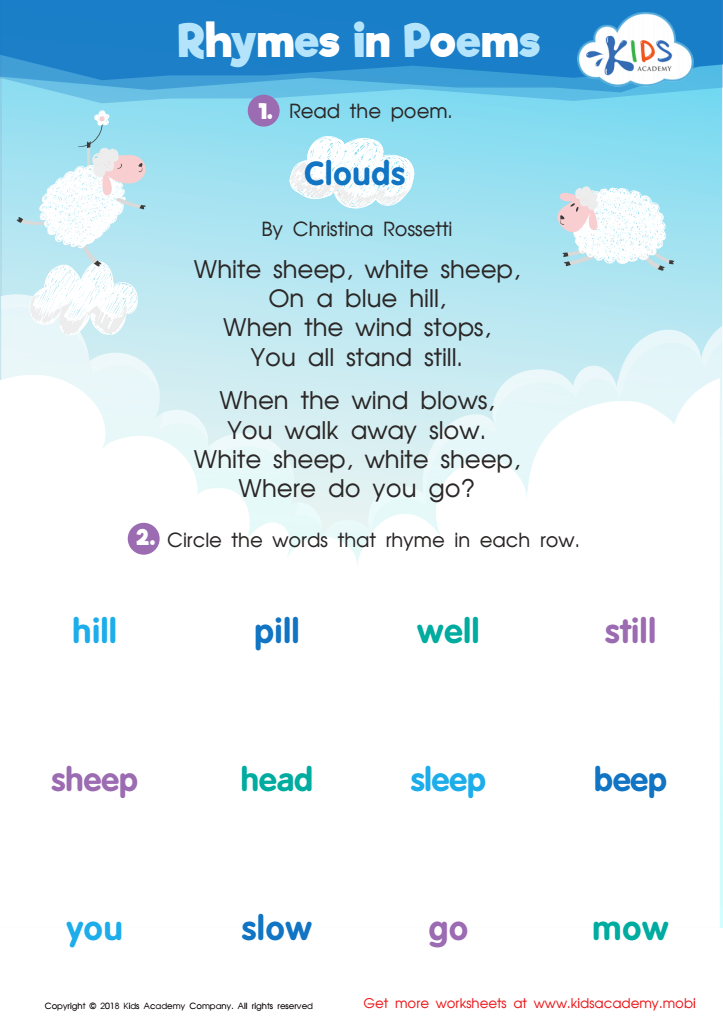

Rhymes in Poems Worksheet
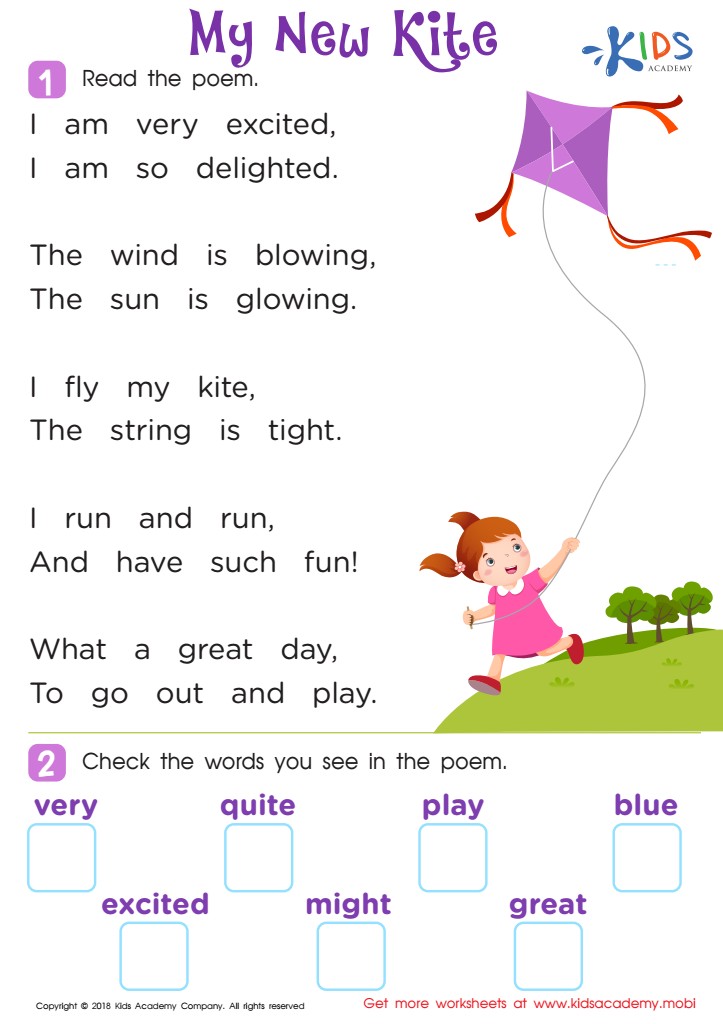

Poem: My New Kite Worksheet
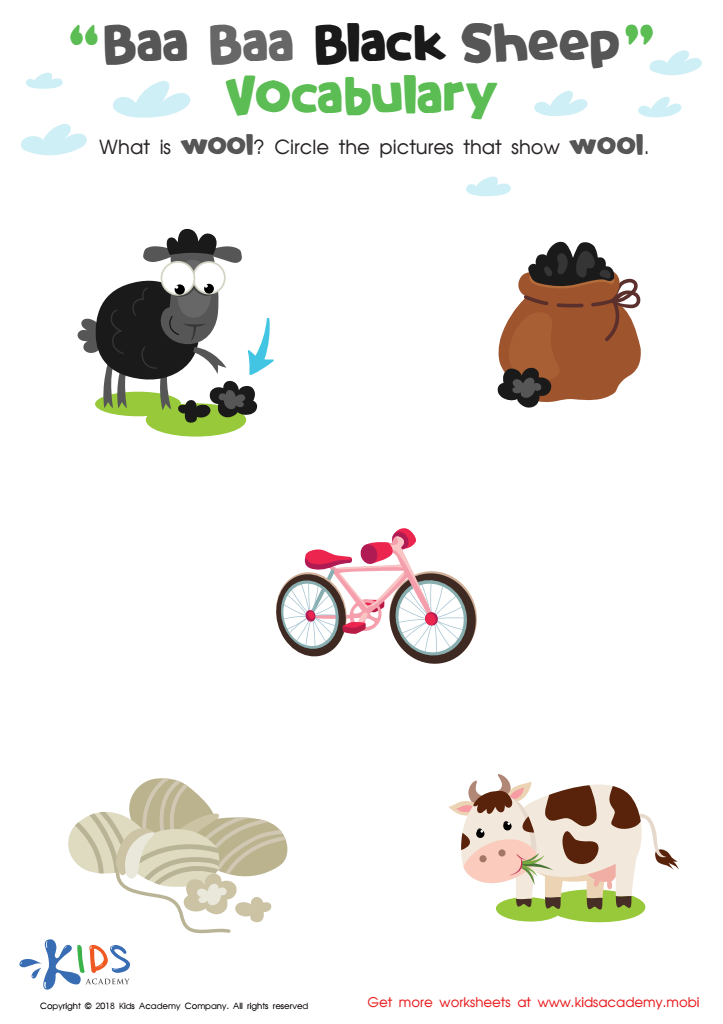

Baa Baa Black Sheep: Vocabulary Worksheet
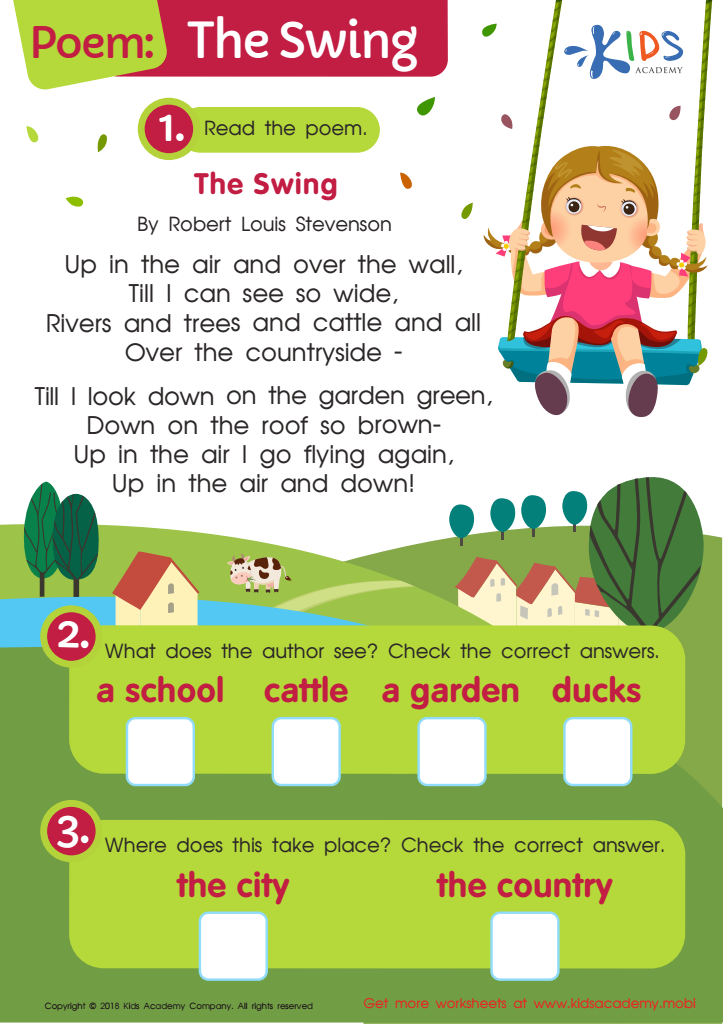

Poem: The Swing Worksheet
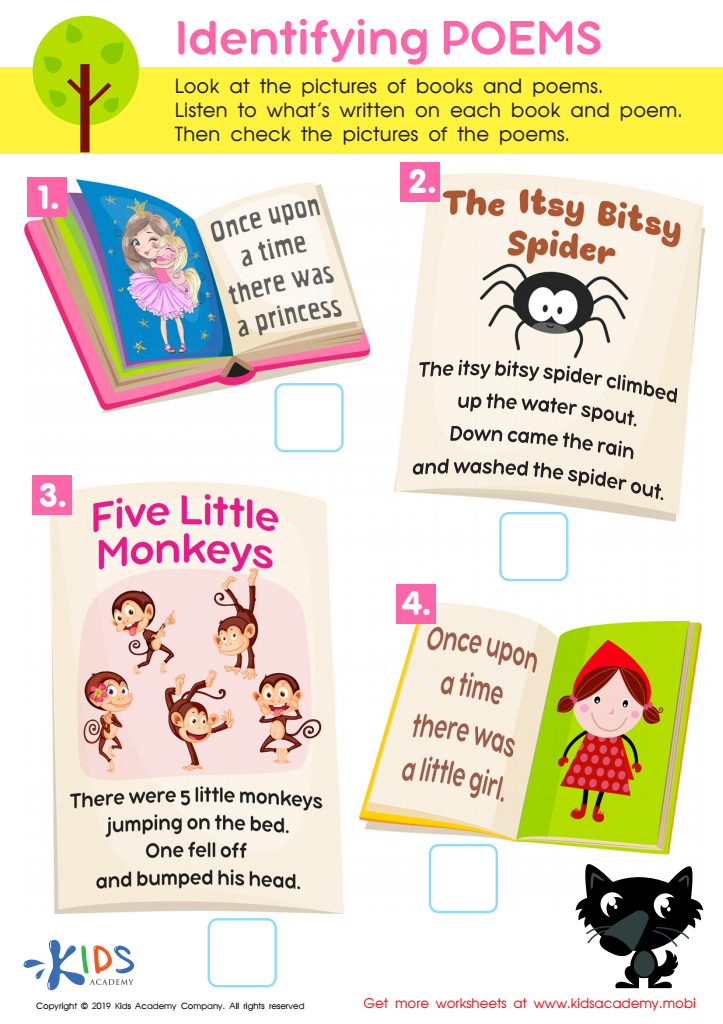

Identifying Poems Worksheet
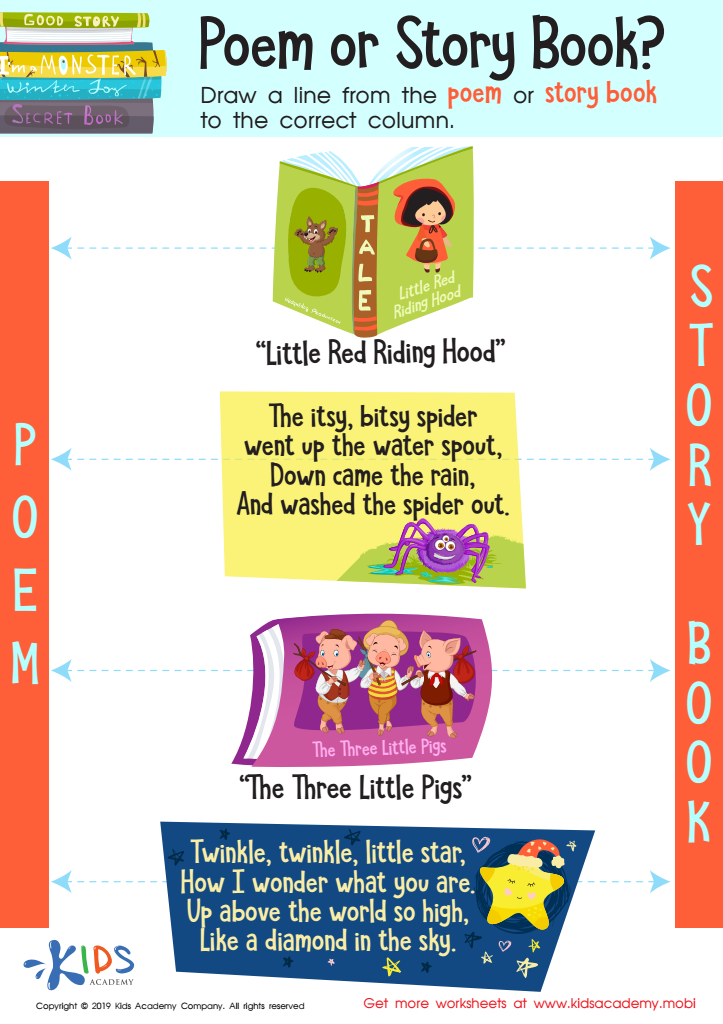

Poem or Story Book? Worksheet
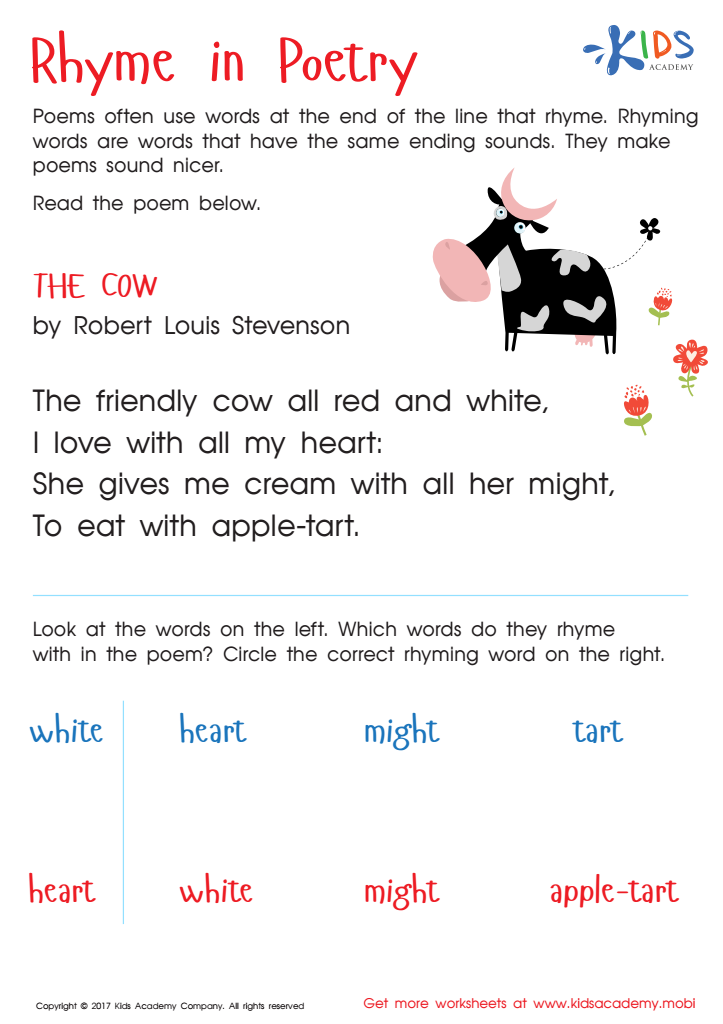

Rhyme In Poetry Worksheet
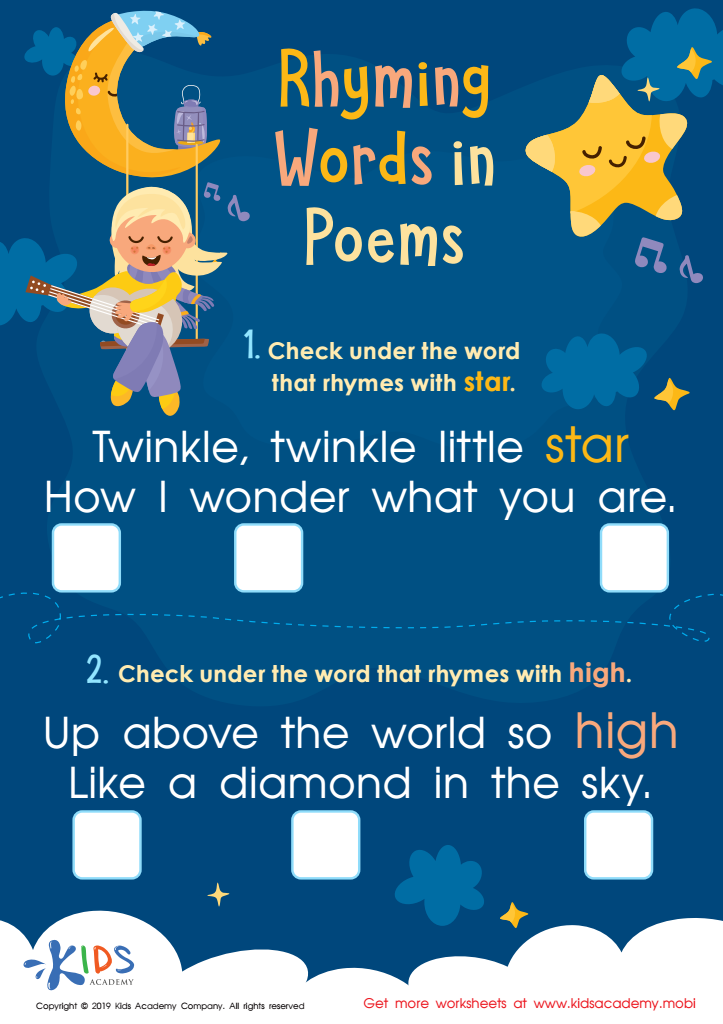

Rhyming Words in Poems Worksheet
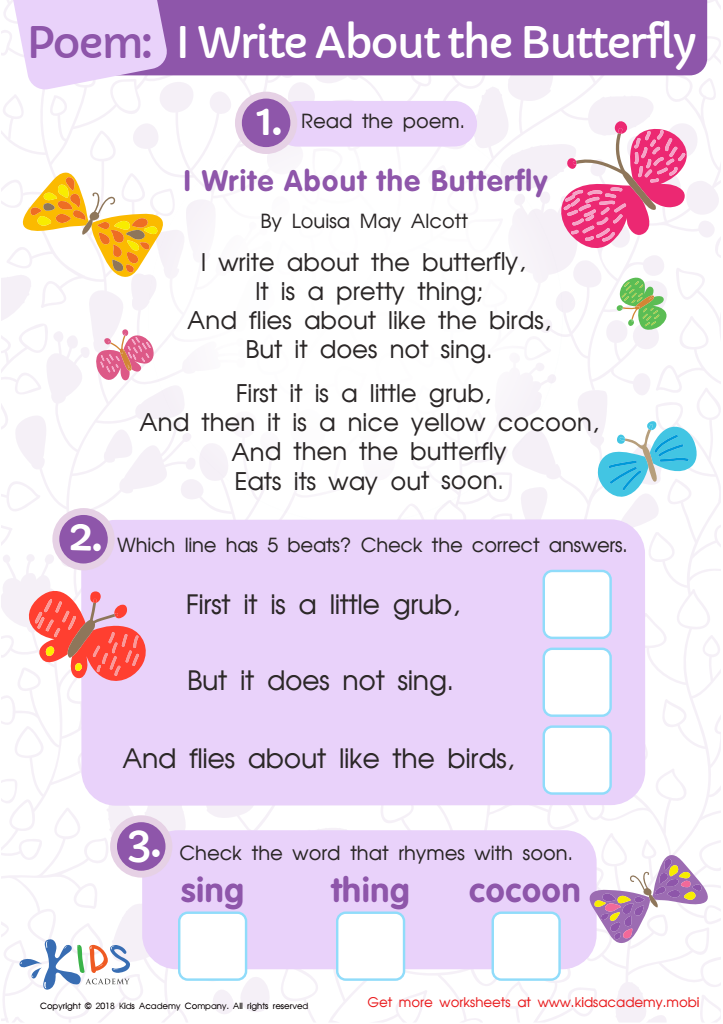

Poem: I Write About The Butterfly Worksheet
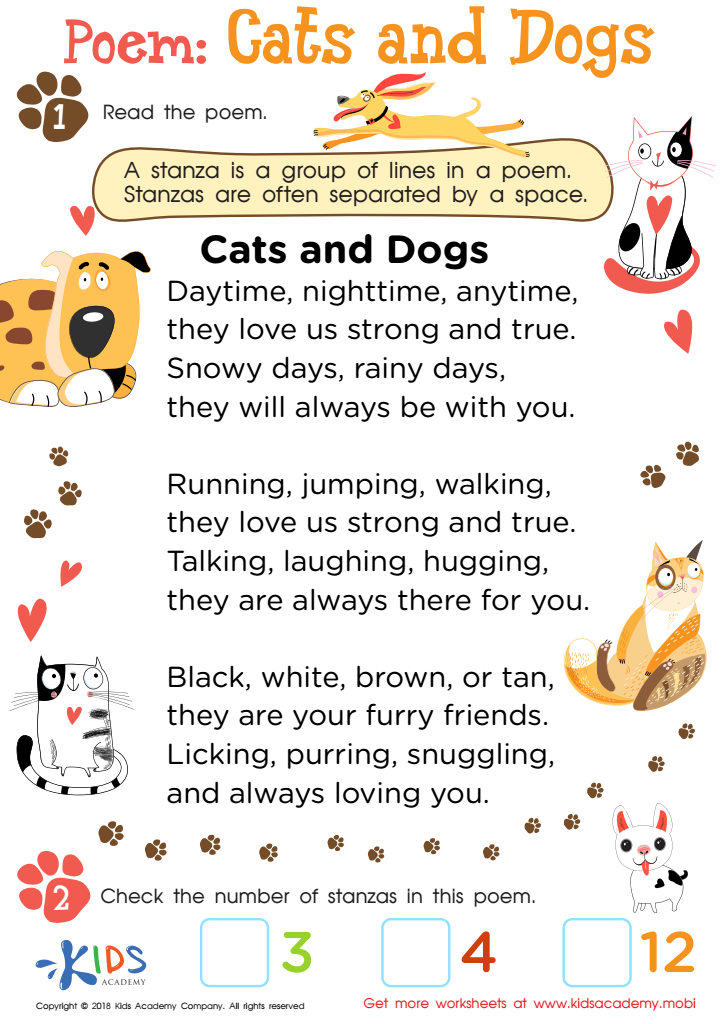

Poem: Cats and Dogs Worksheet
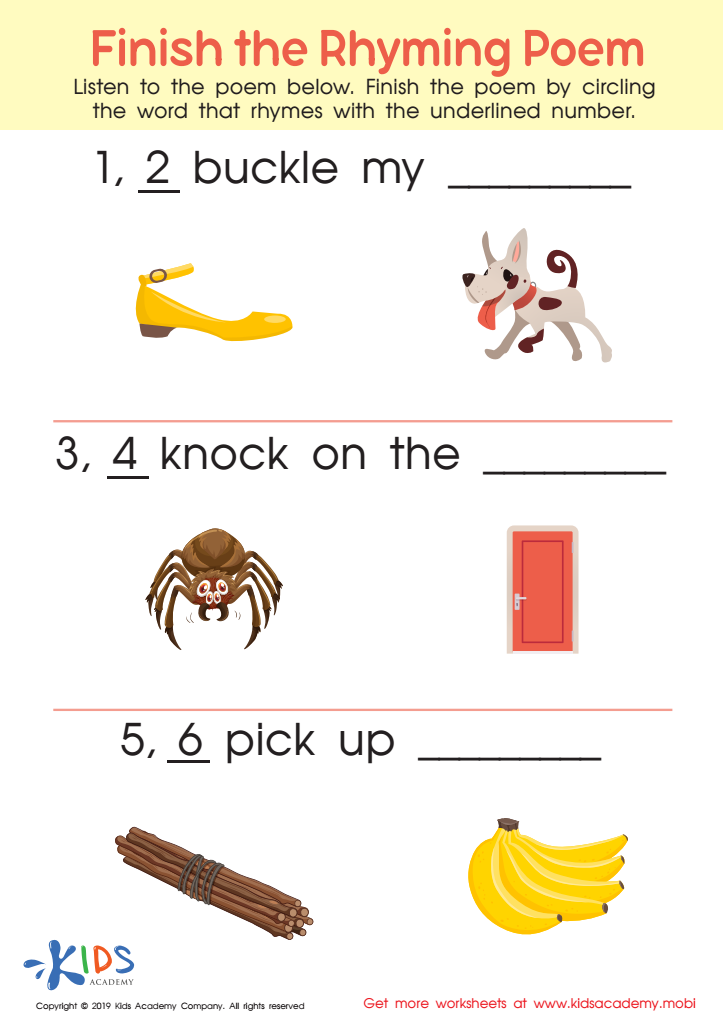

Finish Rhyming Poem Worksheet
Parents and teachers should care about Normal Songs and Poems Activities for ages 3-8 because these resources play a crucial role in early childhood development. Such activities foster language acquisition, enhance vocabulary, and improve literacy skills, all foundational for academic success. Songs and poems are inherently rhythmic and melodic, making them enjoyable and engaging for young learners. The repetition and patterns found in these activities help children remember words and phrases while also developing phonemic awareness, an essential skill for reading.
Moreover, these activities promote cognitive and emotional growth. Through songs and poems, children explore themes such as friendship, nature, and emotions, allowing them to connect with and interpret their world. In group settings, these activities encourage social interaction and collaboration, which are key to building communication skills and teamwork.
Additionally, engaging with music and poetry can boost creativity and self-expression. It allows children to explore their feelings, develop imagination, and understand diverse perspectives. Facilitating these experiences reinforces a love for learning, making them more likely to embrace literacy as they grow. By incorporating songs and poems into daily routines, parents and teachers create a rich, stimulating environment that supports holistic development in young children.

 Assign to My Students
Assign to My Students



.jpg)
.jpg)
